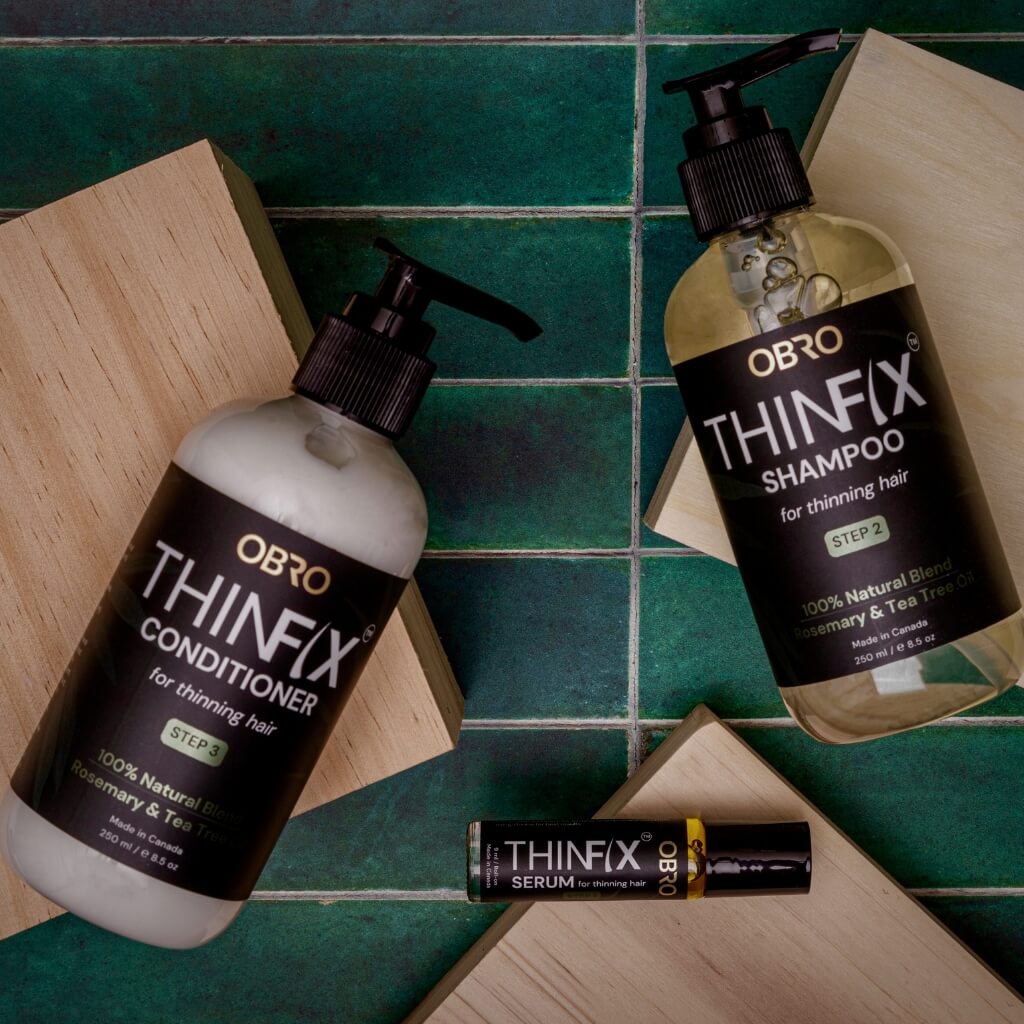How to Read an Ingredient Label: A Men’s Guide to Grooming Products
Navigating the world of grooming products can be overwhelming, especially when you’re trying to separate the truly effective ingredients from the filler and unnecessary additives. For modern men who value both quality and transparency, knowing how to decode an ingredient label is a vital skill. This guide breaks down everything you need to know to make informed grooming choices.
Why Ingredient Labels Matter
Every time you pick up a grooming product—from cleansers to beard oils—its ingredient list is your roadmap to understanding what you’re putting on your skin and hair. Ingredient labels do more than just list components; they offer insight into a product’s potential benefits and drawbacks. By familiarizing yourself with the key terms and concentrations, you can avoid harmful chemicals and select products that meet your specific needs, whether it’s soothing sensitive skin, controlling oil, or promoting healthy hair.
Understanding the Basics
Before diving into specific ingredients, it’s important to understand some general guidelines:
- Order Matters: Ingredients are usually listed in descending order by concentration. The first few ingredients make up the bulk of the formula.
- Ingredient Names and Their Origins: Look for familiar-sounding names. If a component has an unfamiliar or overly complex name, it might be a synthetic additive or an ingredient with little transparency.
- Certifications and Claims: Terms like “organic,” “naturally derived,” or “clean” can be indicators, but always cross-reference with the ingredient list itself. Certifications from reputable organizations can further validate the claims.

Decoding Common Ingredient Terms
Here are a few key ingredients and what they typically mean in the context of grooming products:
- Natural Oils & Butters: Look for ingredients such as argan oil, jojoba oil, coconut oil, and shea butter. These are often found at the top of the list and provide nourishment, moisture, and a natural base for many skin and hair care formulas.
- Plant Extracts & Botanicals: Ingredients like green tea extract, aloe vera, chamomile, and tea tree oil are well-known for their soothing, anti-inflammatory, and antimicrobial properties.
- Preservatives: Natural products might use ingredients like rosemary extract or vitamin E as natural preservatives. However, if you notice parabens or synthetic preservatives such as phenoxyethanol near the top of the list, it’s worth considering if the product aligns with your clean grooming criteria.
- Fragrances: Be on the lookout for “fragrance” or “parfum.” These ingredients can hide a cocktail of synthetic chemicals. For a truly natural product, see if it lists essential oils as the source of the scent instead.

Know Your Chemicals: What to Avoid
Not all ingredients are created equal. Here are some common additives in grooming products that you might want to avoid:
- Sulfates: While effective at cleaning, sulfates can strip away natural oils and irritate the skin. Check for sodium lauryl sulfate (SLS) or sodium laureth sulfate (SLES) and consider alternatives if you have sensitive skin.
- Silicones: Found in many hair care products, silicones can create a temporary smoothness but may build up over time, leading to dullness or clogged follicles.
- Synthetic Dyes and Fragrances: These can be a source of skin irritation and may not offer any real benefits beyond an appealing scent or vibrant color.
- Aluminum Compounds: Commonly found in many antiperspirants, these ingredients work by blocking sweat glands. For those seeking a more natural approach to grooming, it might be wise to avoid them.
Tips for Making Informed Decisions
- Do Your Homework: Take some time to research unfamiliar ingredients. A quick search can usually reveal if a component is beneficial or if it’s been flagged for potential issues.
- Start Simple: If you’re new to all-natural grooming products, begin with items that list only a few recognizable ingredients. As you become more comfortable reading labels, you can dive into more advanced formulations.
- Listen to Your Body: Even natural ingredients can sometimes cause reactions. Always perform a patch test when trying a new product.
- Keep a List: Over time, keep track of which ingredients have worked well for you and which have not. This personal database will become invaluable as you refine your grooming routine.






1 comment
My heart is so filled with joy. If you are suffering from Erectile dysfunction or any other disease you can contact Dr. Moses Buba on this buba.herbalmiraclemedicine@gmail.com or His website : https://www.facebook.com/profile.php?id=61559577240930 . For more information from me reach me via WhatsApp : +44 7375 301397